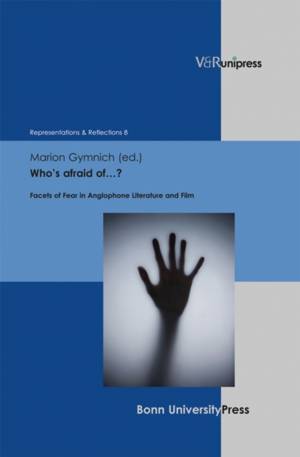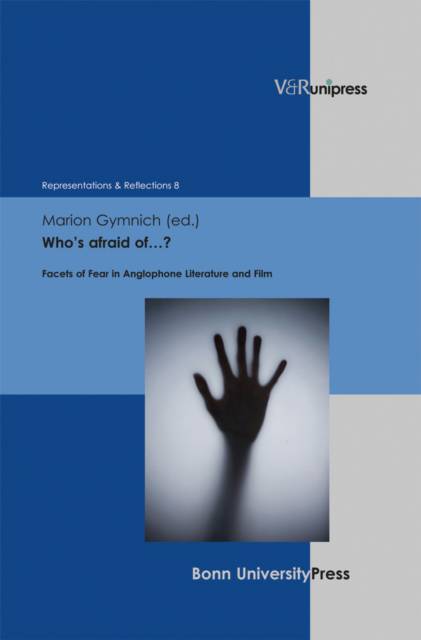
- Afhalen na 1 uur in een winkel met voorraad
- Gratis thuislevering in België vanaf € 30
- Ruim aanbod met 7 miljoen producten
- Afhalen na 1 uur in een winkel met voorraad
- Gratis thuislevering in België vanaf € 30
- Ruim aanbod met 7 miljoen producten
Zoeken
Who's Afraid Of...?
Facets of Fear in Anglophone Literature and Film
€ 89,45
+ 178 punten
Omschrijving
Fear in its many facets appears to constitute an intriguing and compelling subject matter for writers and screenwriters alike. The contributions address fictional representations and explorations of fear in different genres and different periods of literary and cultural history. The topics include representations of political violence and political fear in English Renaissance culture and literature; dramatic representations of fear and anxiety in English Romanticism; the dramatic monologue as an expression of fears in Victorian society; cultural constructions of fear and empathy in George Eliot's Daniel Deronda (1876) and Jonathan Nasaw's Fear Itself (2003); facets of children's fears in twentieth- and twenty-first-century stream-of-consciousness fiction; the representation of fear in war movies; the cultural function of horror film remakes; the expulsion of fear in Kazuo Ishiguro's novel Never Let Me Go and fear and nostalgia in Mohsin Hamid's post-9/11 novel The Reluctant Fundamentalist.
Specificaties
Betrokkenen
- Uitgeverij:
Inhoud
- Aantal bladzijden:
- 294
- Taal:
- Engels
- Reeks:
- Reeksnummer:
- nr. 8
Eigenschappen
- Productcode (EAN):
- 9783847100508
- Verschijningsdatum:
- 21/11/2012
- Uitvoering:
- Hardcover
- Formaat:
- Genaaid
- Afmetingen:
- 163 mm x 246 mm
- Gewicht:
- 657 g

Alleen bij Standaard Boekhandel
+ 178 punten op je klantenkaart van Standaard Boekhandel
Beoordelingen
We publiceren alleen reviews die voldoen aan de voorwaarden voor reviews. Bekijk onze voorwaarden voor reviews.







